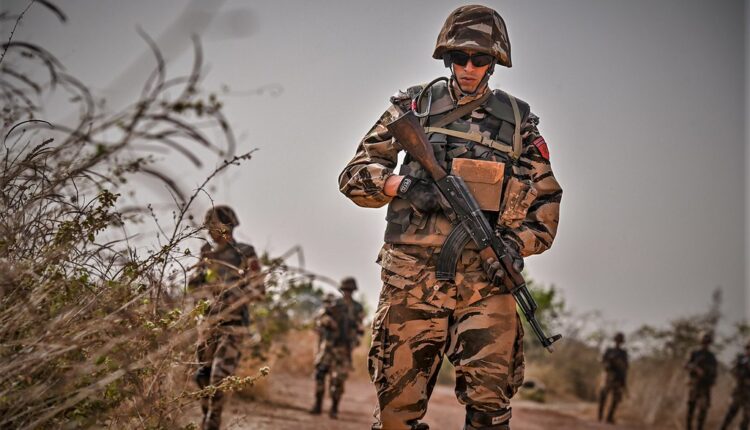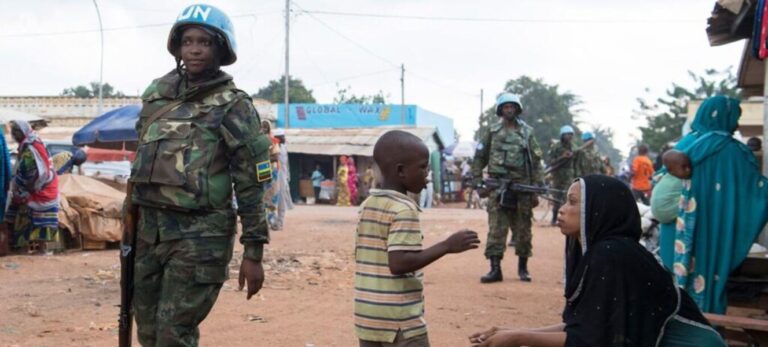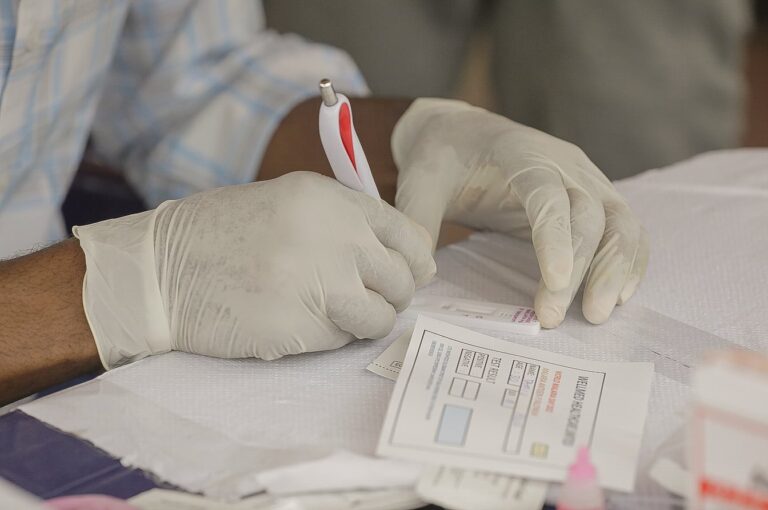
Amid shifting global power dynamics and rising regional security concerns, Maghreb nations—particularly Morocco, Tunisia, and Libya—are intensifying efforts to modernize their armed forces.
Each country’s approach reflects its unique political, economic, and strategic context, revealing a region in transition toward new defense postures.
Morocco: Diversification and technological expansion
Morocco has significantly boosted its military capabilities in recent years, driven by tensions surrounding the Western Sahara and a desire to assert regional influence.
A centerpiece of this strategy is the acquisition of the Brazilian-made C-390 Millennium military transport aircraft. Following technical and industrial evaluations since early 2024—particularly at assembly lines in Portugal and a live test in Rabat—the decision marks a strategic shift in Morocco’s defense logistics and rapid deployment capacity.
In parallel, the Kingdom has broadened its defense procurement to include advanced systems such as Israeli Harop and Heron drones, American HIMARS missile systems, Turkish armored vehicles, and French naval frigates.
Morocco’s military cooperation now spans beyond traditional Western alliances to include deepening ties with Israel and Turkey. The normalization of diplomatic relations with Israel under the Abraham Accords in 2020 has paved the way for advanced technology transfers, further boosting the country’s defense profile.
Tunisia: Incremental upgrades amid economic constraints
Tunisia’s modernization efforts are more restrained, limited by economic pressures. However, instability along its borders, particularly in Libya and the Sahel, has forced a partial rethinking of its defense priorities.
With most of its military hardware originating from the United States, Tunisia continues to receive support under the Foreign Military Financing (FMF) program. Recent deliveries include MRAP vehicles, surveillance radars, and cybersecurity systems.
The Tunisian Air Force has seen limited modernization, with the addition of UH-60 Black Hawk helicopters.
The country’s defense focus remains centered on internal security, counterterrorism—especially in the Mount Chaambi region—and maritime surveillance, with EU-backed patrol boats aimed at managing migration.
Libya: Fragmentation and foreign militarization
In Libya, the military landscape remains fragmented, a consequence of the post-2011 conflict that split the country into rival factions.
Despite lacking a unified national army, foreign powers have continued to arm the competing forces. Turkey has supplied the Tripoli-based government with Bayraktar TB2 drones and air defense systems, while eastern factions have received Russian support via the Wagner Group, including heavy weaponry and advisors.
This state of division undermines any coherent national defense strategy, yet the country remains heavily militarized, raising the risk of renewed conflict.
Libya’s scenario contrasts sharply with the structured reforms in Morocco and Tunisia, underscoring the region’s divergent security trajectories.
Overall, North Africa is witnessing a strategic shift toward defense modernization, technology acquisition, and new international alliances.
Morocco, in particular, is exploring co-production and domestic defense industry development, signalling a long-term transformation in Maghreb military doctrines.



